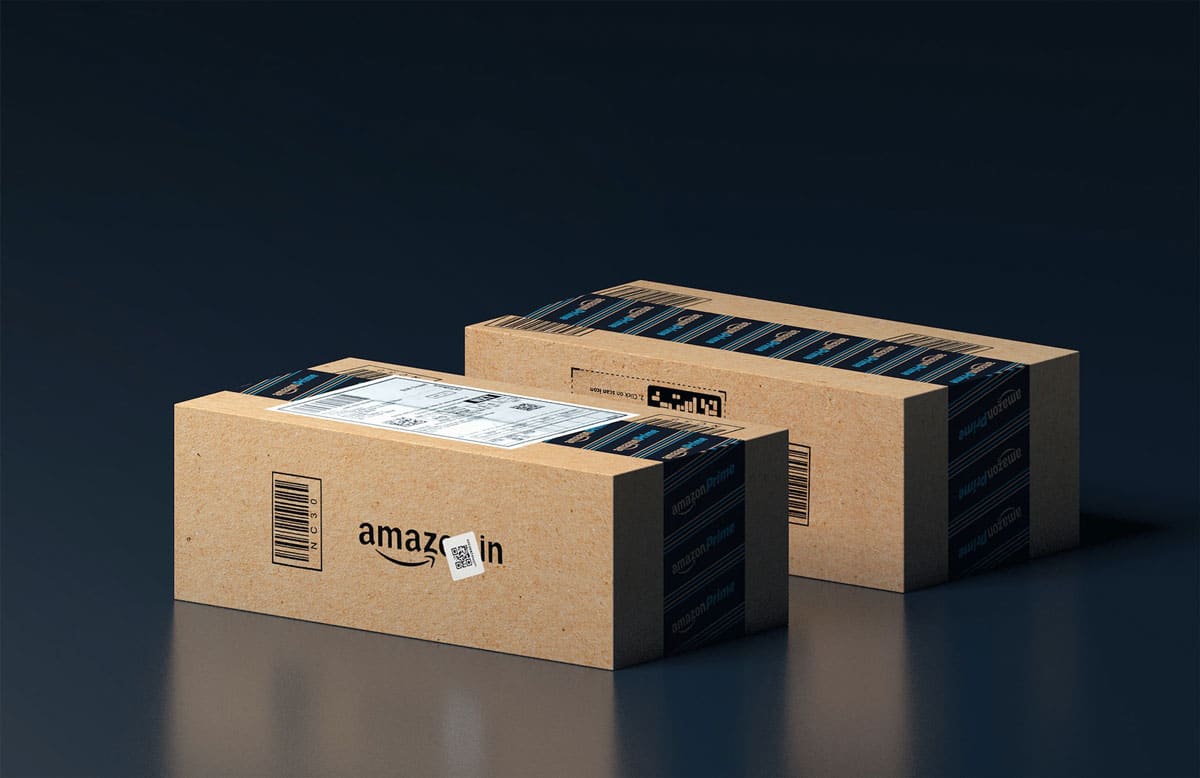

Amazon hosted their most recent unBoxed conference and discussed the newest products, updates, and insights to help brands refine their advertising strategy.
Don’t be troubled if you missed the conference — advertising experts are here to explain the most significant developments to help you utilize the most efficient tools for growing on Amazon in 2023 and beyond.
Many brands employ sponsored display ads in their advertising strategy. In their newest update, Amazon added four new features to sponsored display ads.
The first of these features impacts non-endemic sellers, who are now able to utilize sponsored display ads on the platform. In the past, insurance companies, finance companies, and other brands that don’t sell products directly on Amazon couldn’t utilize the Demand-Side Platform. Now, they can leverage sponsored display and pay-per-click ads.
The second major update is a new promotional strategy with the unofficial title of “Amazon rewards.” Previously, if you ran a coupon on Amazon, that coupon could be seen by everyone, and you couldn’t make a coupon exclusive to an ad type. However, with the new promotional strategy, you can offer credit or gift card coupons to Amazon customers if they purchase your product, and it will only show up for those customers who see your sponsored display ads. “This is pretty monumental,” Johnathon Braga explains, “In terms of the impact of a coupon tied with a promotional or advertising strategy on Amazon, this is going to be huge in really seeing the dual impact there.”
Another new feature relates to sponsored display video. With more ad placements filling up on Amazon product detail pages, it’s easy to get lost in the mix. But sponsored display video lets your brand separate itself from the page full of advertisements, effectively increasing engagement and conversion rates.
The fourth sponsored display ad development improves forecasting. It can be difficult to forecast if you don’t have external tools outside of the ad console. But with new and improved features, Amazon will give you a forecast pulled directly from the ad console and project how much you could spend on campaigns.
Amazon Marketing Stream, which delivers Amazon Ad campaign metrics, is better than ever. “You can get hourly insights [which] come directly from Amazon,” Scott Miller explains, “And you're getting faster notifications of this because you can get this at any point of the day. So you can almost have real-time optimization…[and] there's a push-based system, which just means that you can have this set up to run so that you can turn campaigns on and off, you can adjust the spend, depending on the time of day, where you can really make the best use of your budget.”
In addition to Amazon Marketing Stream improvements, Amazon Marketing Cloud (AMC) is making transformations. Amazon has created a dashboard to help brands understand attributions and measure advertising across the channel. The platform now allows brands to see the customers’ path to purchase. Improved planning, actionable insights, new audiences, and a better understanding of customer data are just some of the AMC benefits.
Demand-Side Platform (DSP) was another big storyline across the unBoxed conference. A series of additional updates will help brands optimize the Amazon programmatic platform. One of these updates is digital signage. With an increasing number of brick-and-mortar stores, brands can take advantage of Amazon’s in-store digital signs to display ads.
More updates that can help brands get in front of customers are granular targeting and new audience tools. Organizations on Amazon can now target custom audiences by creating exclusions to focus on customers who aren’t familiar with the brand, haven’t made a purchase, and other similar filters.
Previously, Amazon only had behavior targeting, where brands could see past purchase history and other kinds of behavior. But now, they’ve rolled out contextual targeting, which can target shoppers based on websites they’re using — not just shopping behaviors.
The best way to optimize these new tools is to partner with a company that knows the ins and outs of these updates. David Liggins II says, “These things can get really complex, and that's why you have teams that are specialized with their expertise and making this simple and building out these strategies for you. There's so much to pay attention to and to look at…it is literally a full-time job, just understanding what these tools can do for your business. But when you implement them in the right way, that's when you really start to leverage your growth.”